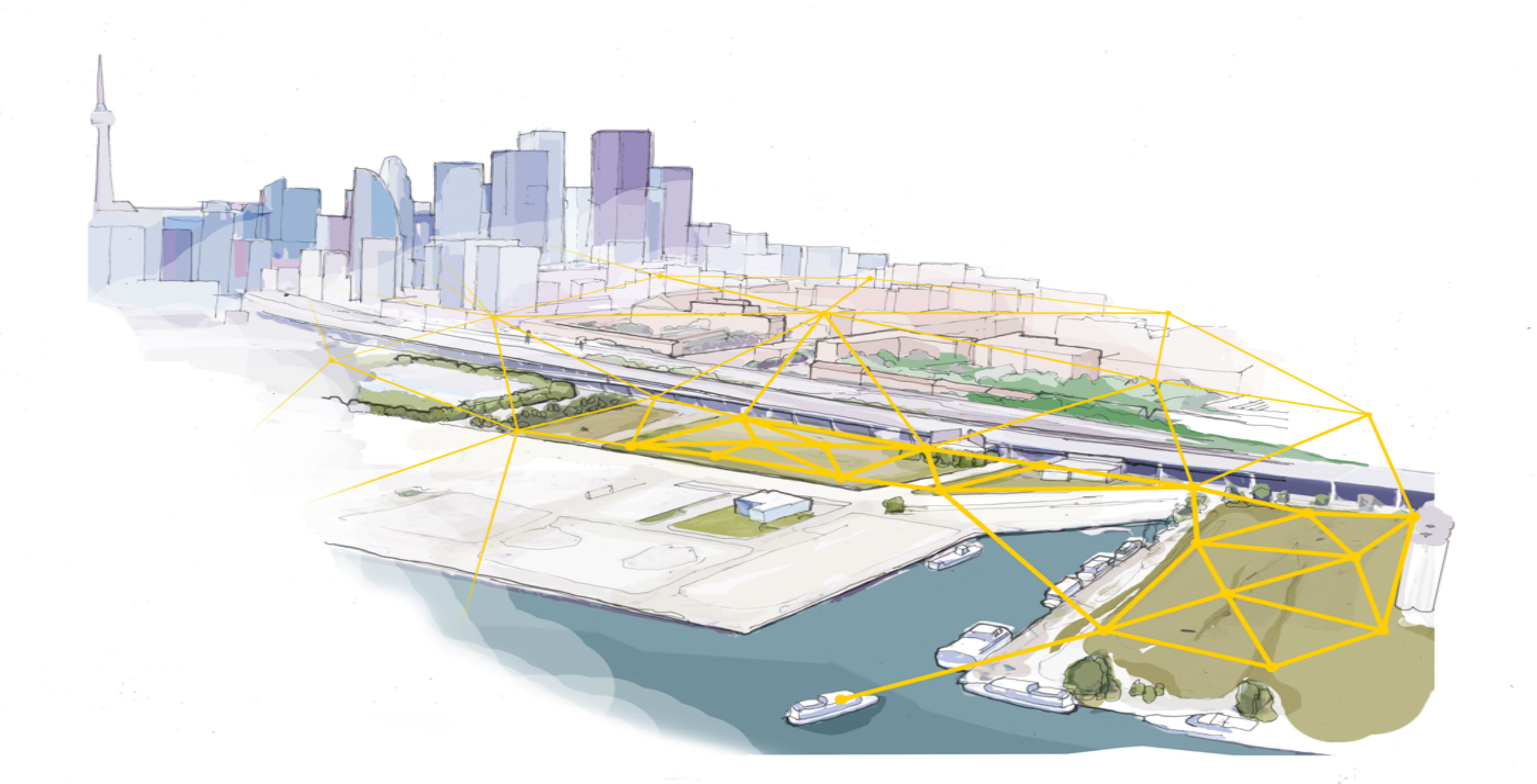Cracks in the Sidewalk
David Skok: What started as an innovation partnership built on data now seems like an old-fashioned land deal that puts taxpayers on the hook
by David Skok
Feb 15, 2019
David Skok is the founder and editor-in-chief of The Logic
Toronto sidewalks are a mess.
A series of storms this February have left them impassible for pedestrians, strollers and wheelchairs—signs of a metropolis bursting at the seams without the money to pay for basic snow-removal services.
Enter the appeal of a different Sidewalk, the one proposed as a smart-city development on Toronto’s waterfront by tech giant Alphabet. When Sidewalk Toronto—the joint partnership between all three levels of government and Sidewalk Labs, Google’s sister company—was announced in October 2017, it was billed as a chance to showcase Toronto’s innovative spirit to the world, a reclamation project for abandoned land and a way to generate some revenue for a city that desperately needs it.
Making that case just became a lot tougher. This week, the company’s long-awaited business plan was leaked to the
Toronto Star and the
National Observer.
The plan contained some exciting and bold proposals: expanding the city’s light-rail transit, reiterating the company’s ambitions for tall-timber buildings, adding affordable housing. But, as it wrote in its plan, Sidewalk Labs also wants a share of property taxes, development fees and the increased value of the land as a result of the development.
What started as an innovation partnership built on data now seems like an old-fashioned land deal that puts taxpayers on the hook.
Many were already concerned about the
data-privacy elements of the project and Sidewalk Labs had taken
steps to alleviate some of that criticism. But, a land deal was always going to be a harder sell to residents.
It’s one thing to hand over your data, something that we’ve become accustomed to doing. It’s another thing entirely to hand over your land.
If the Sidewalk project turns into a conversation about land transfers and property-tax revenues, it could force a restart of the bidding process, introduce more firms into the debate and call into question how Sidewalk arrived on Lake Ontario’s shores in the first place.
First, the initial Request-for-Proposals (RFP) for the land—issued in a compressed timeline by Waterfront Toronto, the agency in charge—was for an innovation partner, not a traditional development partner. Had it been a land transaction, there’s a strong argument to be made that other bidders would have made stronger pitches.
Some critics—including Jim Balsillie, former Research in Motion (now BlackBerry) co-CEO—have made
calls to hit the reset button.
Second, Sidewalk Labs CEO Dan Doctoroff suggested that only Alphabet could invest the resources needed to get the project off the ground, telling the
Star that “this land is stubbornly resistant to development.” Given that the federal, provincial and municipal governments are spending a combined $2.5 billion for flood protection in the area, that implication doesn’t hold water—pardon the pun.
And, as
The Logic reported earlier this month, leading developer Mattamy Homes has quietly approached the provincial government with an alternative “all-Canadian” proposal for the Quayside land, bringing together some of our homegrown tech firms to build the “smart” component of the city.
Third, while the land on offer was just 12 acres on the Quayside, the leaked business plan had Sidewalk Labs calling for 350 acres.
“We don’t think that 12 acres on Quayside has the scale to actually have the impact on affordability and economic opportunity and transit that everyone aspires to,” Doctoroff told the
Star.
If you didn’t think that 12 acres was enough, why did you set up shop in the first place?
From the initial agreement to internal documents that
The Logic’s Amanda Roth
reported on last summer, it seems to have been an open secret between the government and Sidewalk that more land was in play than what was publicly disclosed. [...continues...]




